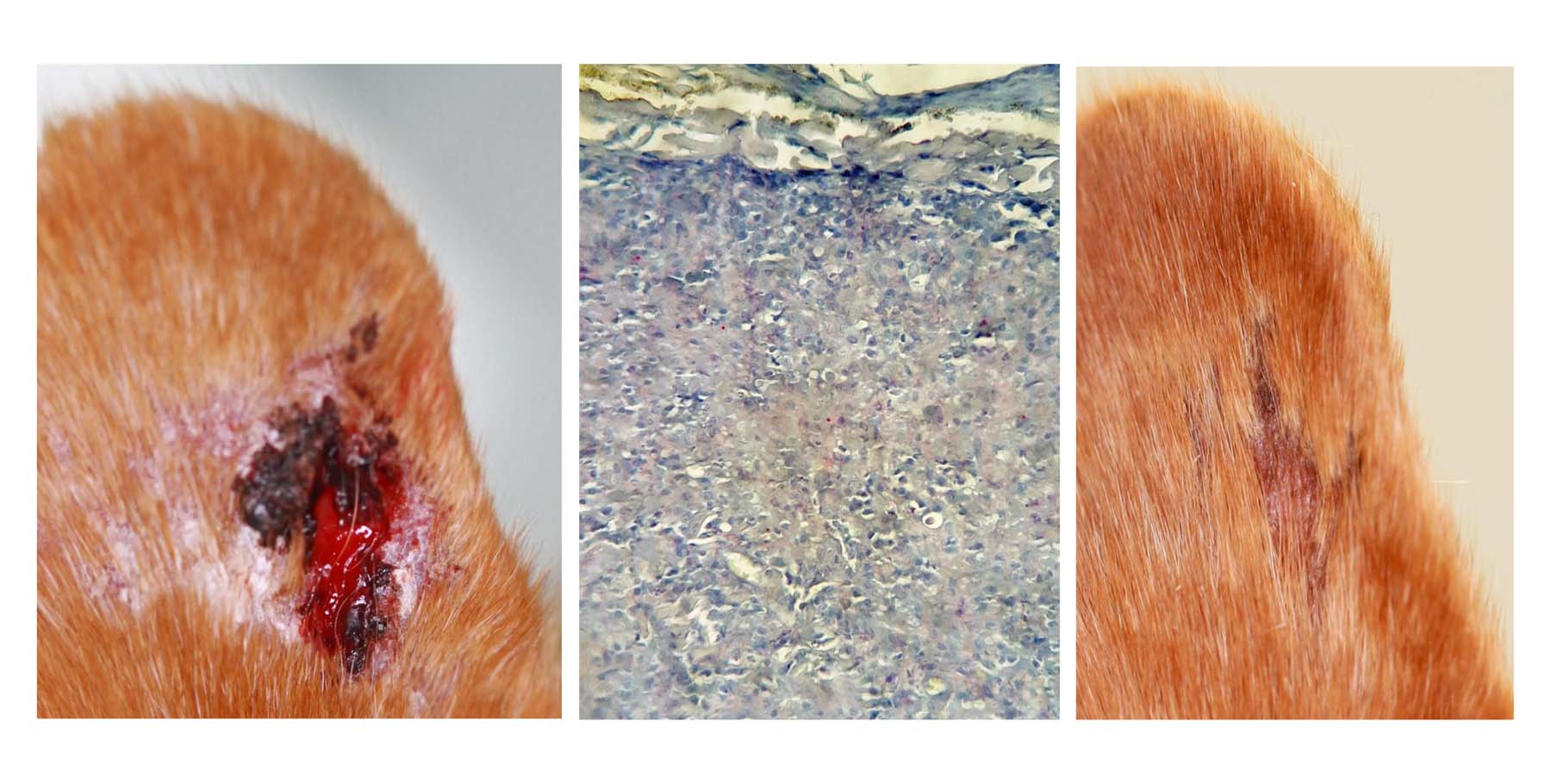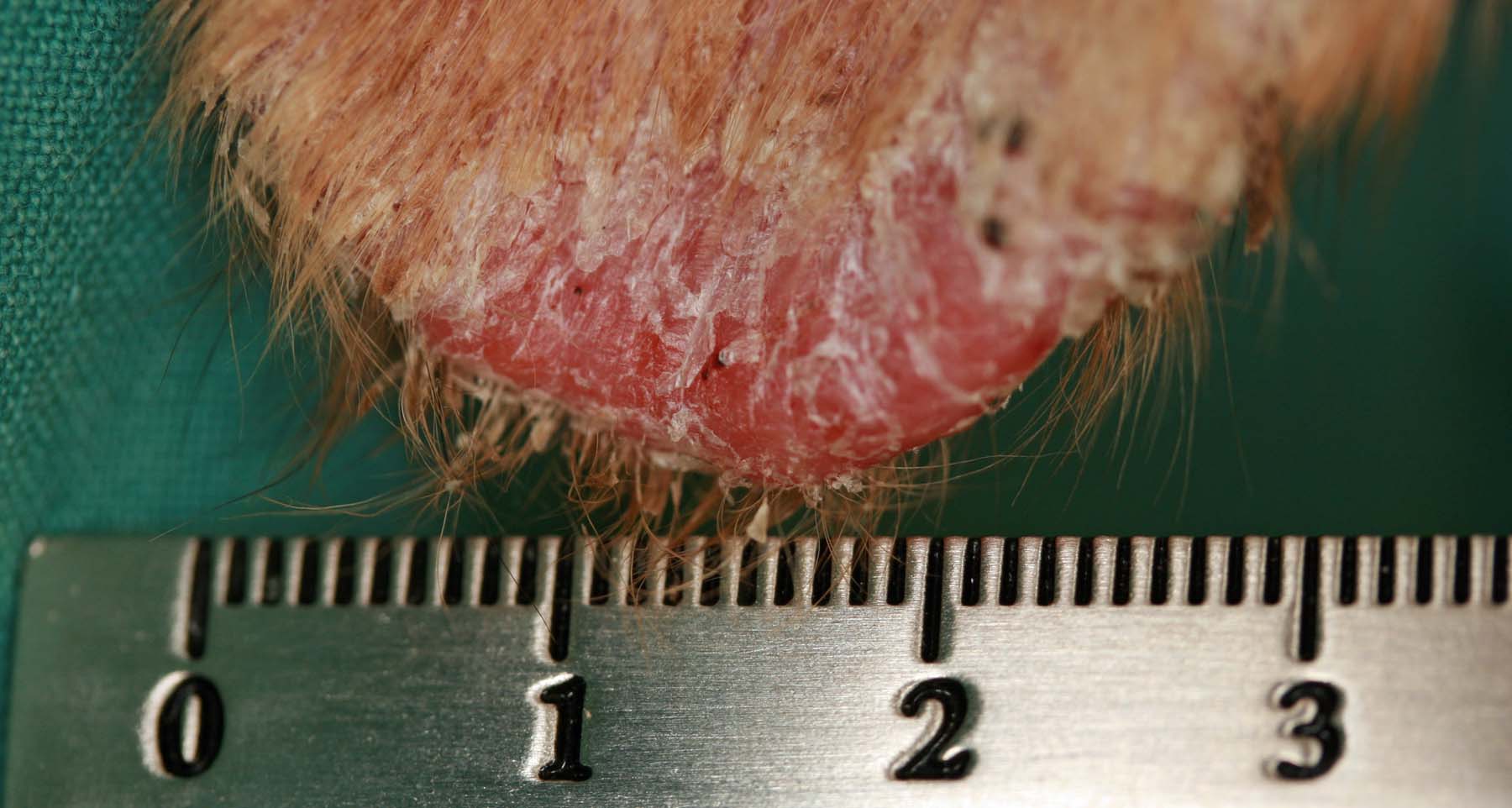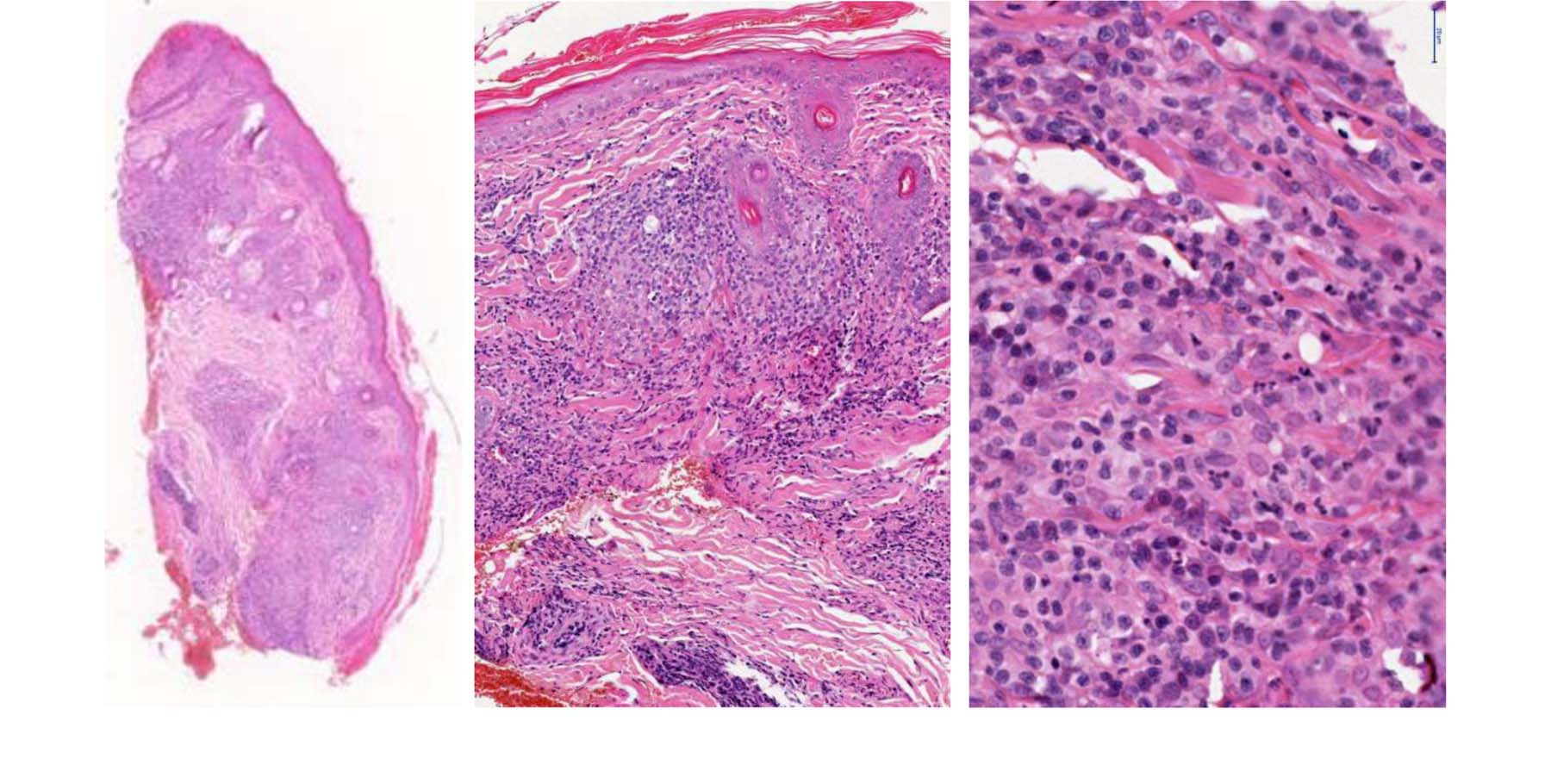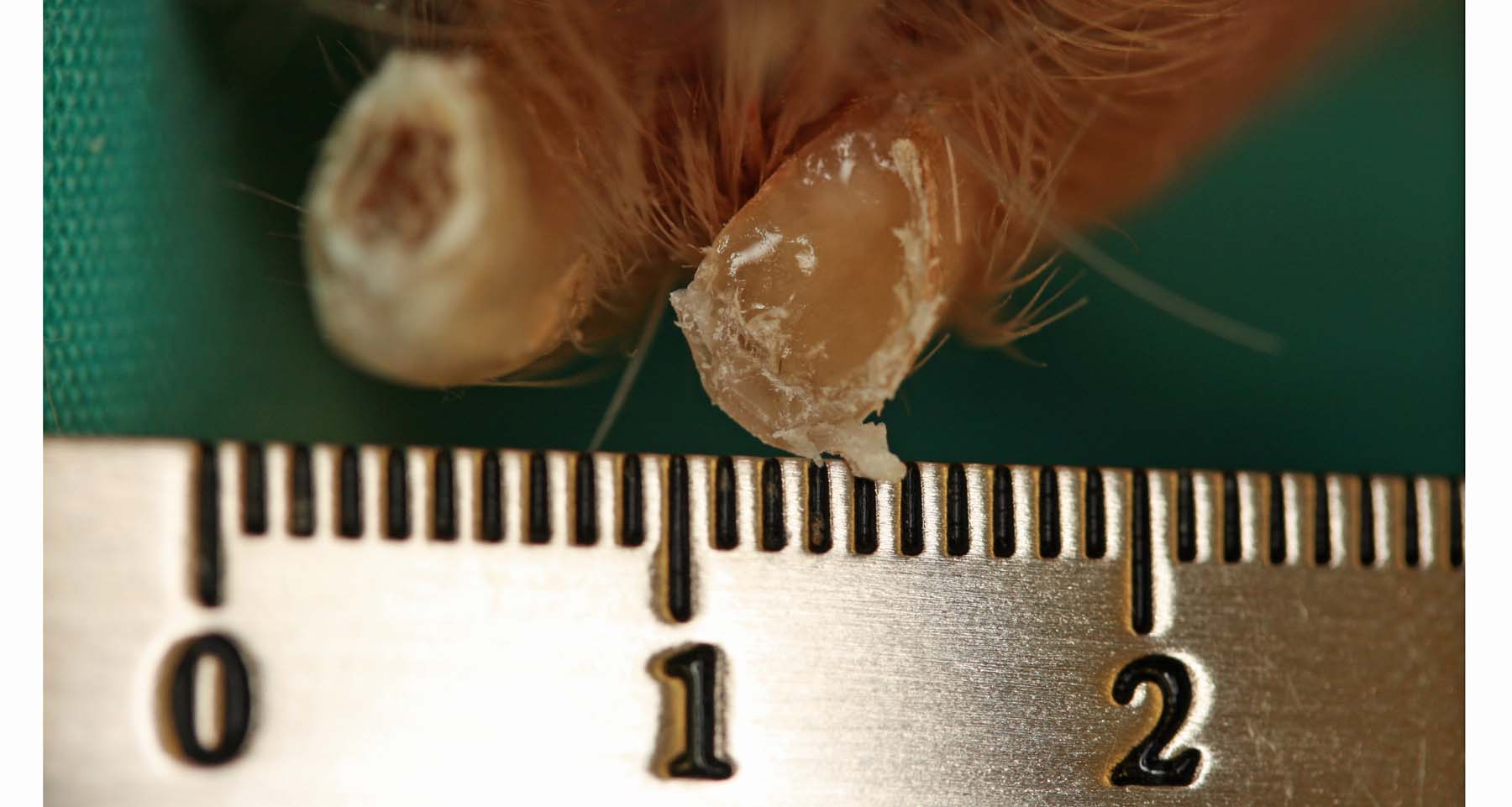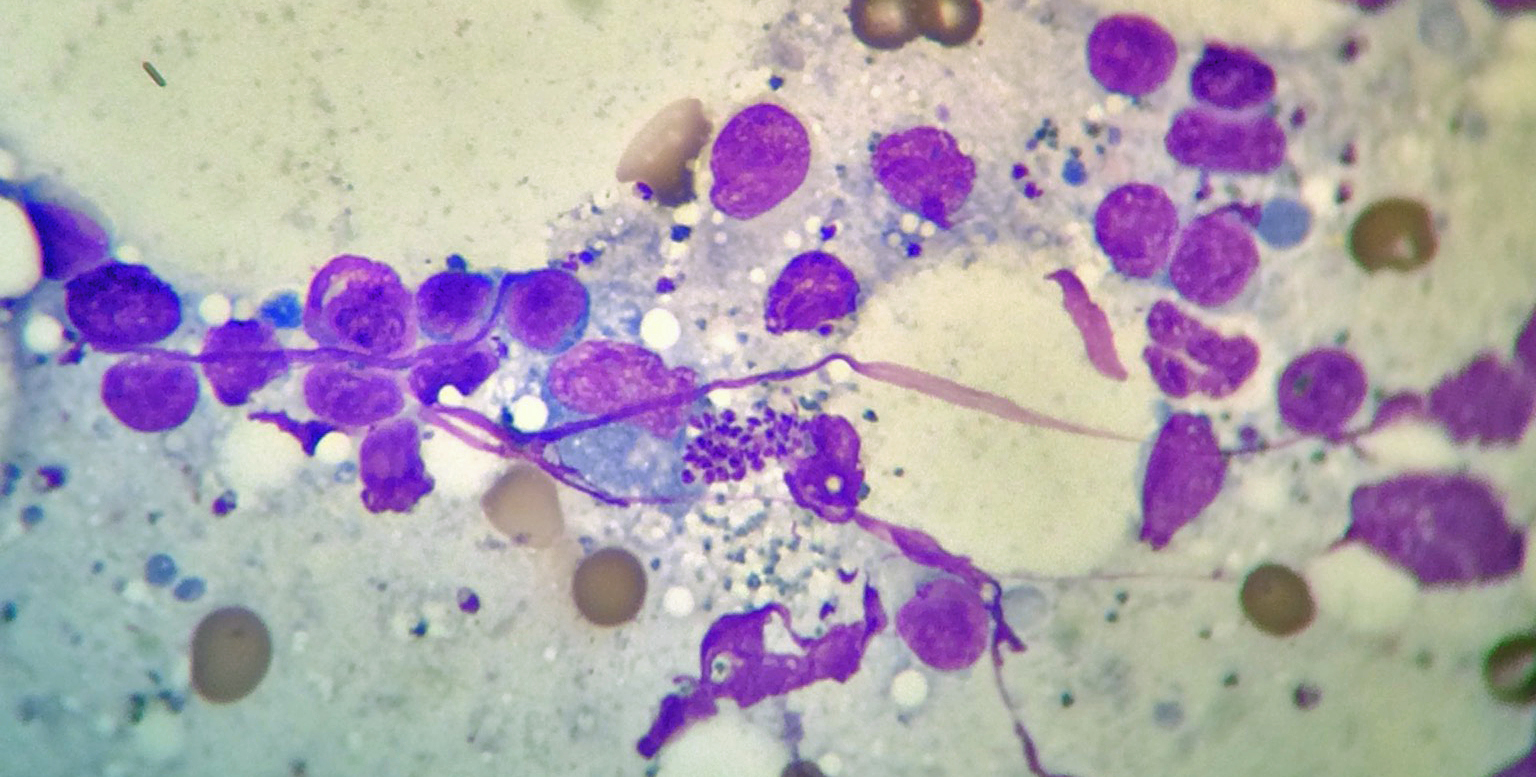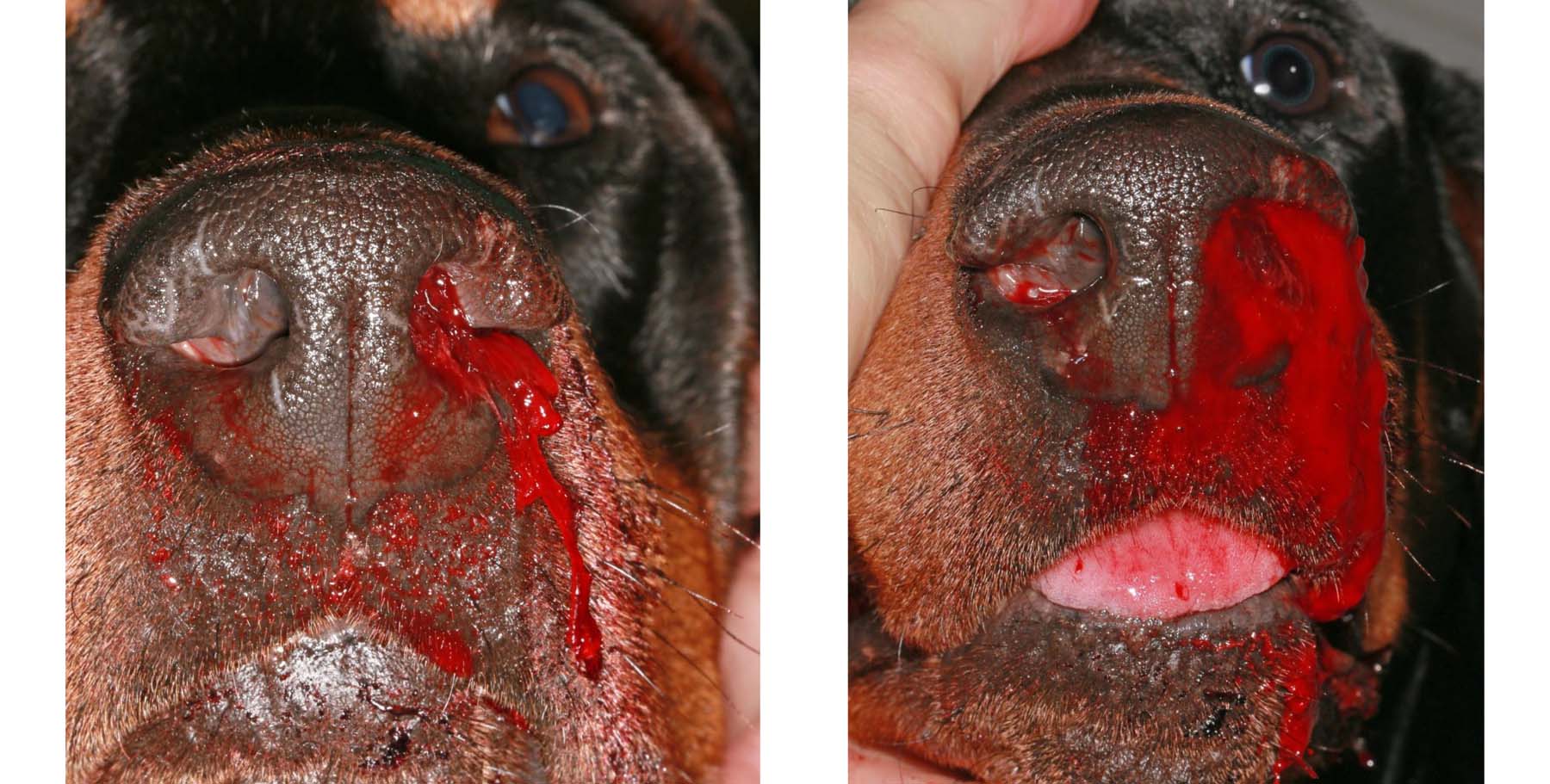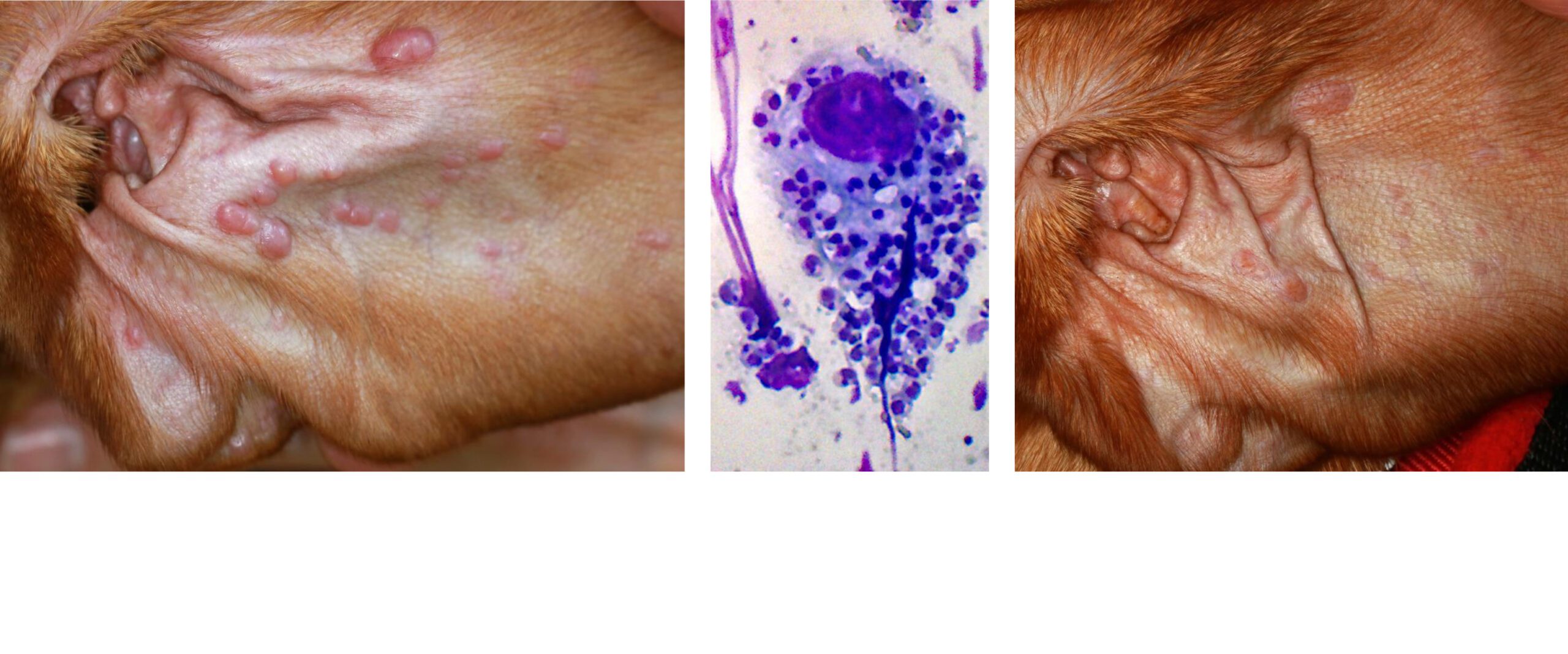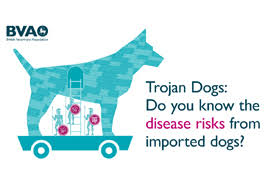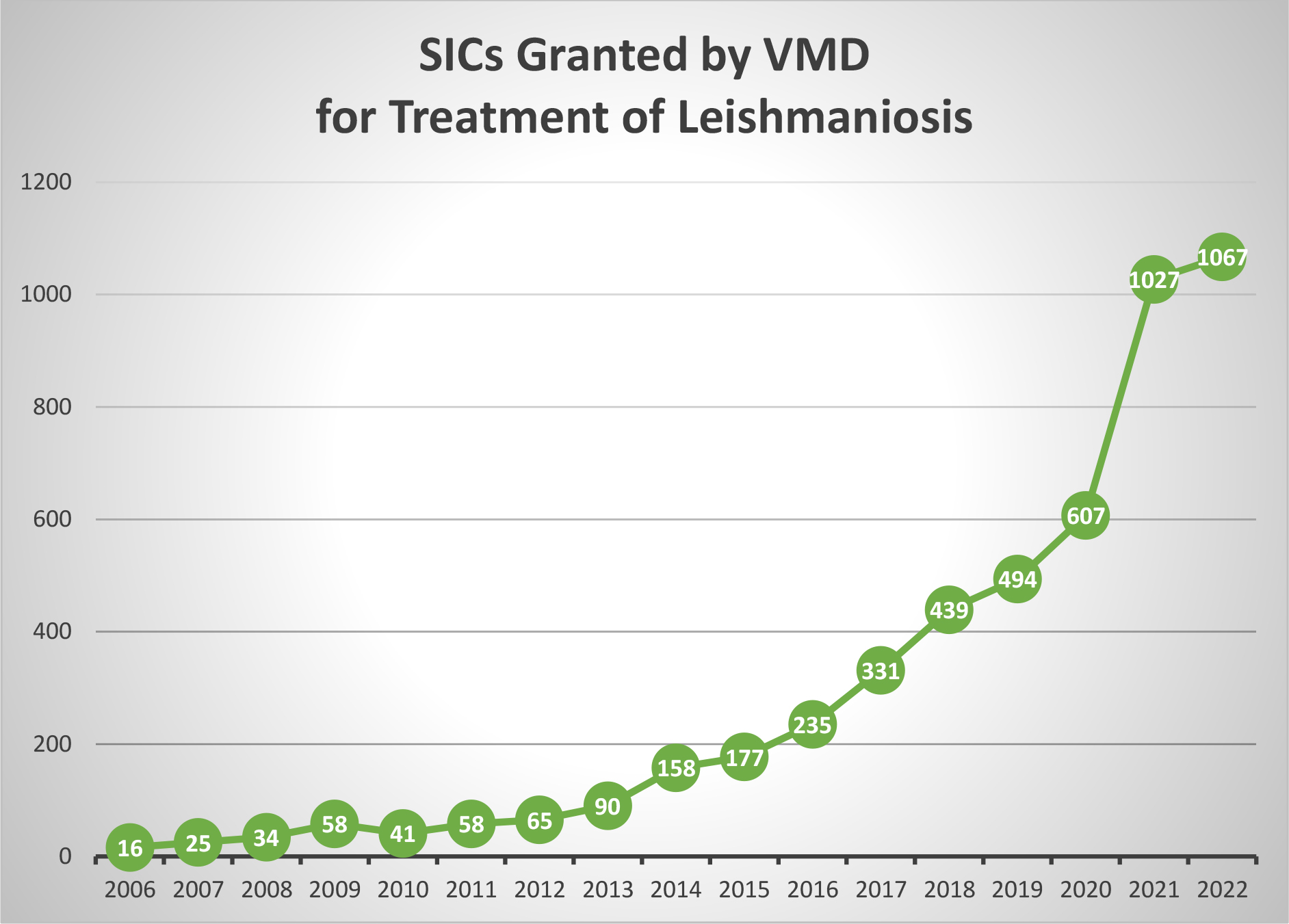I am receiving increasing numbers of e-consultations and referrals for cutaneous Leishmaniosis cases. This is due to the ever increasing number of dogs travelling to and from the Mediterranean basin on holiday, as well as stray dogs being rescued by individuals independently or through animal welfare organisations, for re-homing in the UK.
![]() 2015 Leishvet Guidelines for the Practical Management of Canine & Feline Leishmaniosis. Solano-Galego L., Miro G., Koutinas A., Cardoso L., Pennisi M. G., Ferrer L., Bourdeau P., Oliva G. and Baneth G. http://www.leishvet.org/fact-sheet/
2015 Leishvet Guidelines for the Practical Management of Canine & Feline Leishmaniosis. Solano-Galego L., Miro G., Koutinas A., Cardoso L., Pennisi M. G., Ferrer L., Bourdeau P., Oliva G. and Baneth G. http://www.leishvet.org/fact-sheet/![]()
Leishmaniosis Fact Sheet (BSAVA)
![]() In August 2009, The BSAVA Companion magazine published an article entitled ‘Keeping Britain Safe’ about the further relaxation in health checks and disease control measures in the Pets Travel Scheme and the already increasing prevalence of imported exotic diseases in travelled dogs. I was asked contribute to this article with comments and photographs on a recent fatal case of Leishmaniosis. Frustratingly the most important point I was hoping to make in the article was misquoted – a corrigendum (apology) was finally made in the November issue: ‘whilst the majority of cases present within the first 18 months, the incubation period in canine Leishmaniosis may be very prolonged and clinical signs have been reported to first occur up to 7 years after infection”. The original article had stated the incubation period was “up to a year”.
In August 2009, The BSAVA Companion magazine published an article entitled ‘Keeping Britain Safe’ about the further relaxation in health checks and disease control measures in the Pets Travel Scheme and the already increasing prevalence of imported exotic diseases in travelled dogs. I was asked contribute to this article with comments and photographs on a recent fatal case of Leishmaniosis. Frustratingly the most important point I was hoping to make in the article was misquoted – a corrigendum (apology) was finally made in the November issue: ‘whilst the majority of cases present within the first 18 months, the incubation period in canine Leishmaniosis may be very prolonged and clinical signs have been reported to first occur up to 7 years after infection”. The original article had stated the incubation period was “up to a year”.
![]() In 2016, the Journal of Small Animal Practice published a paper by Silvestrini P et al (2016) Clinical Leishmaniosis in Dogs living in the UK. JSAP 57(9) p453-8. Only 38 cases were described, from between 2005 and 2014, because the authors only looked at the records of 7 referral centres despite the title of the paper. Diagnoses made by peripatetic dermatologists, such a myself, as well as general practitioners, were not included. Interestingly, despite being referenced in this paper, a dermatologist-authored paper described 258 cases in the UK (only between 2005 and 2007). Shaw, S et al (2009) Canine Leishmaniosis in the UK: a zoonotic disease waiting for a vector. Vet Parasitol 163(4) p281-5. Being such a recent paper, I am concerned that after a brief search for prevalence data the authorities, and other interested parties, might feel that the condition is ‘rare’ in the UK, as was concluded by Silvestrini et al.
In 2016, the Journal of Small Animal Practice published a paper by Silvestrini P et al (2016) Clinical Leishmaniosis in Dogs living in the UK. JSAP 57(9) p453-8. Only 38 cases were described, from between 2005 and 2014, because the authors only looked at the records of 7 referral centres despite the title of the paper. Diagnoses made by peripatetic dermatologists, such a myself, as well as general practitioners, were not included. Interestingly, despite being referenced in this paper, a dermatologist-authored paper described 258 cases in the UK (only between 2005 and 2007). Shaw, S et al (2009) Canine Leishmaniosis in the UK: a zoonotic disease waiting for a vector. Vet Parasitol 163(4) p281-5. Being such a recent paper, I am concerned that after a brief search for prevalence data the authorities, and other interested parties, might feel that the condition is ‘rare’ in the UK, as was concluded by Silvestrini et al.
![]() Of further concern, in 21st January 2019, the Vet Record journal published a confirmed case report describing so-called horizontal transmission of Leishmaniosis from an infected dog to a un-travelled companion dog in the UK. This is termed autocthonus transmission and can be likened to a human contracting malaria within the UK, after being in close contact with an infected human, but without being bitten by an Anopheles mosquito (which are not resident in the UK). McKenna, M et al (2019) Leishmaniosis in a dog with no travel history outside of the UK Veterinary Record 184, 441.
Of further concern, in 21st January 2019, the Vet Record journal published a confirmed case report describing so-called horizontal transmission of Leishmaniosis from an infected dog to a un-travelled companion dog in the UK. This is termed autocthonus transmission and can be likened to a human contracting malaria within the UK, after being in close contact with an infected human, but without being bitten by an Anopheles mosquito (which are not resident in the UK). McKenna, M et al (2019) Leishmaniosis in a dog with no travel history outside of the UK Veterinary Record 184, 441.
These figures do not include the fatal cases that were not diagnosed, the cases that were euthanased upon diagnosis, the cases that were only treated palliatively and the cases for which medication was acquired without SIC application.
*formerly Leishmaniasis

